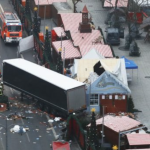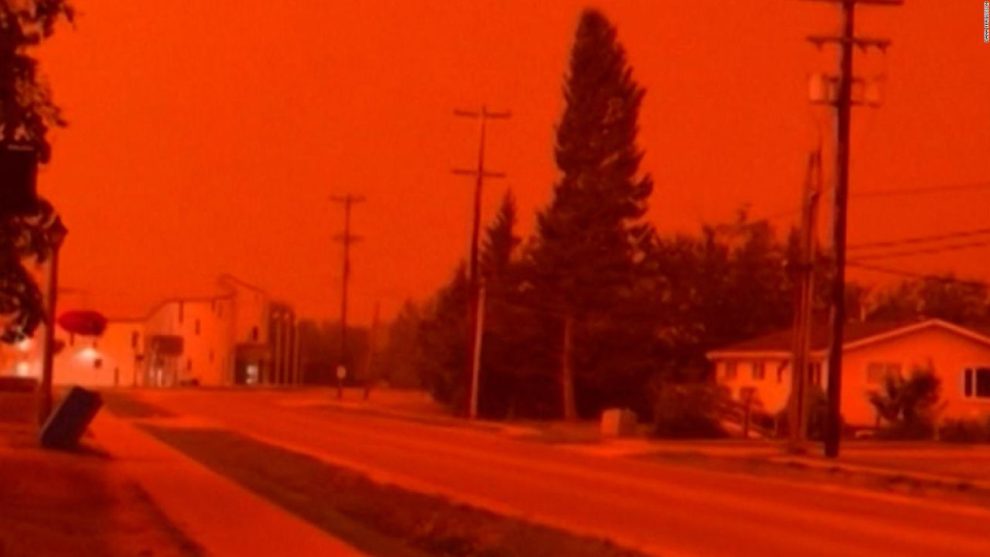() – Thousands of residents are rushing to evacuate the capital of Canada’s Northwest Territories as more than 200 wildfires rage across the region, forcing many to brave dangerous road conditions or wait in line for hours to catch much-needed emergency flights.
The capital of Yellowknife, home to about 20,000 people, and other communities in the Northwest Territories have been ordered to evacuate as crews battle 236 active wildfires in the region. Yellowknife residents have been urged to evacuate the city by midday on Friday as a massive blaze approaches the city and a major highway.
The Northwest Territories fire is one of more than 1,000 blazes burning across Canada, which is experiencing its worst wildfire season on record. Canadian Prime Minister Justin Trudeau met with a group of senior government officials and ministers on Thursday to discuss the ongoing fires and their potential impact on infrastructure, including roads and telecommunications.
The Canadian Armed Forces are assisting with firefighting and airlift efforts in the Northwest Territories. The Royal Canadian Air Force has deployed several aircraft and helicopters to support regional emergency teams.
“We are all tired of the term ‘unprecedented,’ but there is no other way to describe this situation in the Northwest Territories,” Premier Caroline Cochrane said in a statement Wednesday night.
Red sky: See the terrifying effects of forest fires in Canada
More than 1,000 people left Yellowknife on emergency flights on Thursday, and nearly another 2,000 seats are available on Friday, territorial officials said in an online update. Many people hoping to fly on Thursday stood for hours in a slow, winding queue until they were told they would have to try again on Friday, affiliate CBC reports.
“We understand this is very frustrating for those who have been in line for several hours and will have to wait in line again tomorrow,” the update said, adding that people who are immunocompromised, have mobility issues or other high-risk conditions have been moved up in line.
Authorities are encouraging people to drive if possible and share space to reduce traffic and help those without vehicles.
“Evacuation flights should be used as a last resort for those who do not have the option of evacuating by road,” territory officials said.
But some driving out of the area have been faced with thick smoke and roads lined with flames. Yellowknife resident Ruoy Pineda told that he and his family had a hard time getting through the dense fog after the evacuation order was announced Wednesday.
“We weren’t really fully prepared,” Pineda said. “On the road, we were all scared by what we saw ahead of us, but we kept reminding ourselves that it’s better to be out than stranded.”
Pineda described dangerous road conditions as he and others tried to flee the capital.
“On the road you could see the fire and we were struggling with the smoke,” he said. “Visibility on the road was very poor. We couldn’t even see if there was anyone in front of us.”
He and his family were still on the road Thursday morning, heading to seek shelter in Edmonton, about 900 kilometres to the south.
“We are very exhausted right now. We have barely slept and we are very worried about our home in Yellowknife and whether we will still have a home,” Pineda said.
‘s Sara Smart, Paula Newton and Caroll Alvarado contributed to this report.















Add Comment